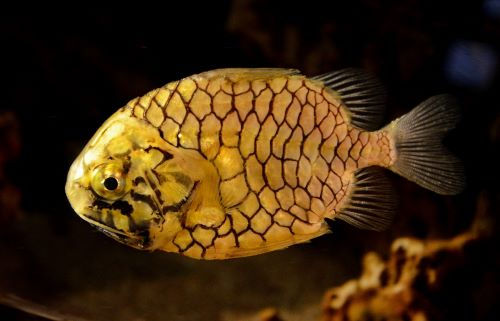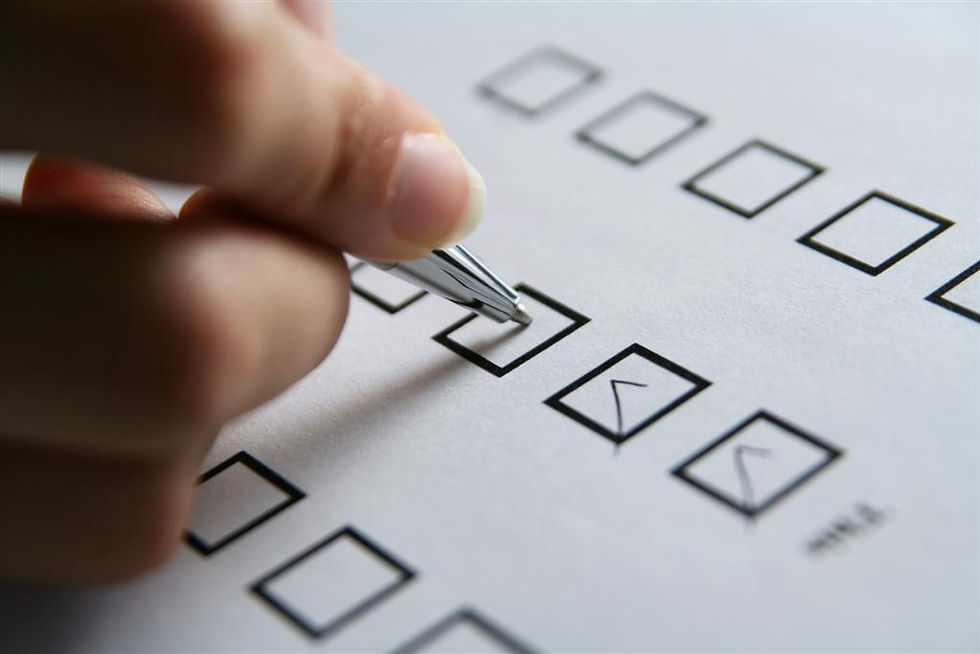Bacterial Communication: Autoinducers
- Sylvia Rose

- Feb 19
- 4 min read
Bacteria communicate using autoinducers, or signals. Autoinducers help bacteria coordinate their actions. In quorum sensing they inspire bacteria to adjust their behaviors based on population density.

About Autoinducers
Bacteria collaborate, compete and coordinate their activities with quorum sensing (QS). Autoinducers are small, diffusible signaling molecules produced and secreted by bacteria.
The specific chemical structure of autoinducers varies depending on the bacterial species and its particular quorum sensing system. They fall into a few common categories.
These include:
Acyl-homoserine lactones (AHLs): Used mainly by Gram-negative bacteria, they're a homoserine lactone ring with an acyl chain of varying length and modification. Escherichia coli uses AHLs to coordinate behavior in large populations, contributing to functions like biofilm formation.
Oligopeptides: More common in Gram-positive bacteria, oligopeptides are short chains of amino acids which may undergo post-translational modifications.
Autoinducing peptides (AIPs): Typically produced by Gram-positive bacteria, AIPs are small peptides detected by specific receptors on nearby cells. An example is Staphylococcus aureus.
This bacterium uses AIPs to regulate its virulence. When concentration of AIP reaches certain levels, it catalyzes a coordinated attack on host tissues.

Autoinducer-2 (AI-2): A furanosyl borate diester believed to be a universal signal, used for interspecies communication, although this is debated. Enterococcus faecalis and Escherichia coli use AI-2-mediated signaling in formation of mixed biofilms. AI-2 produced by E. faecalis triggers group cooperative behavior in E. coli.
Species-specific molecules can exist. Each bacteria species produces a specific type of autoinducer, affecting its behavior and that of nearby organisms.

Communication begins when bacteria release autoinducers. Signaling molecules can vary, including small organic compounds and peptides.
Production and Secretion: As the bacterial population grows, each cell continuously produces and secretes small amounts of autoinducer.
Diffusion and Accumulation: These molecules diffuse freely through the surrounding environment. In low-density populations, the concentration of autoinducer remains low.

Threshold Concentration: As bacterial population density rises, so does concentration of autoinducer in the environment. A certain population triggers coordinated reactions like changes in gene expression and behavior.
When a threshold concentration is reached, it signifies a "quorum". A quorum is a sufficient number of bacteria present to carry out a task. There may be various thresholds in bacterial expansion and development.

Binding and Activation: At a certain threshold, the autoinducer binds to a specific receptor protein within the bacterial cell. The receptor-autoinducer complex then becomes a transcription factor.
The activated complex binds to specific DNA sequences, triggering expression of designated genes. This leads to coordinated changes in bacterial behavior.

Through quorum sensing and the action of autoinducers, bacteria can coordinate a wide range of activities, including:
Bioluminescence: This is the production of light, famously seen in Vibrio fischeri which colonizes the light organs of certain marine animals. In squid it's used for light camouflage, to break up the visual silhouette of the squid.
The nocturnal pineapple fish (Monocentris japonicaemi) has light-producing organs filled with luminescent bacteria on each side of its lower jaw. Scientists suspect they may attract prey.

Biofilm Formation: The creation of structured communities of bacteria encased in a self-produced matrix. Biofilms are notoriously resistant to antibiotics and host defenses.
Biofilm formation relies on autoinducers. A biofilm is a complex community of microorganisms enclosed in a protective matrix. Biofilms formed by Pseudomonas aeruginosa can raise resistance to antibiotics by up to 1000x.
Virulence factor production: Pathogenic bacteria often rely on these signals to coordinate an attack. Vibrio cholerae produces toxins only when its population density reaches a specific level.

Sporulation: The formation of resistant spores under stressful conditions helps bacteria survive harsh environments.
Conjugation: Conjugation is the method by which a bacterium transfers genetic material to another through direct contact. In this process, one bacterium is the donor of the genetic material, the other the recipient.
Resource Optimization: By using autoinducers, bacteria optimize their resource usage. They regulate such activities as nutrient intake and enzyme production, ensuring they work well especially if resources are scarce.

Non-Fiction Books:
Fiction Books:
READ: Lora Ley Adventures - Germanic Mythology Fiction Series
READ: Reiker For Hire - Victorian Detective Murder Mysteries



